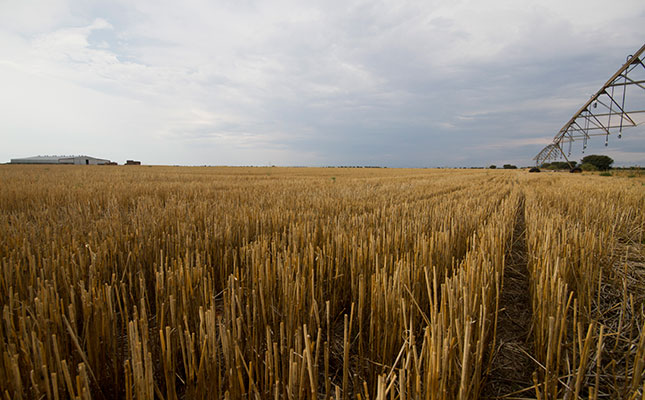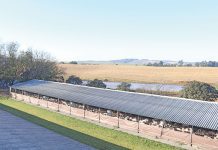
More than 50% of the total risk exposure typically faced by farmers cannot be addressed adequately through traditional insurance.
Farmers are therefore increasingly resorting to alternative risk financing approaches to supplement their conventional insurance arrangements.
A key aspect of such an approach is for a farmer to embark on an individually tailored long-term retention programme based on sound risk management principles, practices and strategies.
This is coupled with efficient funding solutions to enable the gradual build-up of reserves, allowing for the funding of such risks in a cost-effective manner over the long term.
Insurance providers can facilitate such programmes. An individual assessment determines a farmer’s risk profile and risk appetite.
This is key to establishing the feasibility and sustainability of the farmer’s retention programme. In addition, minimum entry-level criteria may apply.
Where individual farmers’ businesses are not large enough to meet the minimum criteria, they can consider pursuing such a funding approach on a collective basis with other farmers in their area who share similar activities, values, objectives and standards.
The larger the build-up of the reserve retention, the more effective the programme becomes in reducing the farmer’s risk profile and cost of risk.
Structured solutions
Some insurance companies provide farmers with structured solutions, mostly on the back of dedicated risk financing insurance policies with performance participation features, rather than through bank-type savings accounts.
The policy approach enables the farmer to adopt a more formalised way to fund risks with a longer frequency of recurrence, and which will require the build-up of retention reserves over the longer term.
Risk financing policies provide a focal point for continual risk improvement and mitigation.
The more effective the farmer becomes in mitigating risk, the greater the chance of building up risk reserves.
This adds better certainty and flexibility to the insurance programme and improves the cost-effectiveness of the risk spend.
All risk classes in short-term insurance can be covered. A farmer can choose to include the following types of risk in a retention programme:
- High, frequently recurring risks of relatively low severity (cost) giving rise to many claims. These are inefficiently funded through traditional insurance. Motor Own Damage risks with very low excesses can fall into this category.
- Risks where traditional cover is of limited scope or availability or may be too expensive. Crop cover is an example.
- Any insurable risk where the traditional policy requires a high level of excess or deductible the farmer wishes to make provision for in his or her facility. These gaps can be accommodated within the risk financing policy.
Minimum amount
Considerations to keep in mind when a farmer wants to determine the minimum amount of such a fund include:
- If the farmer has accumulated reliable data, funding for premium retention can be determined through statistical analysis of all the relevant losses.
- Where little or no loss data is available, risk exposure analysis is based upon risk profiling exercises, estimates of maximum probable loss and significant accumulation risk estimates in a single location.
- The farmer’s risk appetite can be assessed by determining how much funding can be assigned to the retention programme without detracting from or competing with the operational cash flows of the farming operation. This is done by conducting a financial risk retention analysis to test the farmer’s risk appetite.
Basil Valsamakis is head of business development at Hollard Risk Finance.













